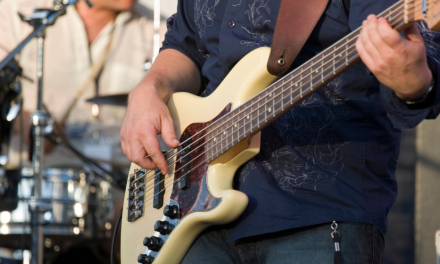In the last two decades, have you noticed that portion sizes have steadily crept up? Back in the 90s a standard Mars Bar weighed in at 53g – it’s now ballooned to a king-sized 80g and contains MORE calories than a McDonald’s Cheeseburger. 600ml bottles of soft drink seem to be the only choice at servos; that’s over half a litre of liquid kilojoules! We can upgrade or upsize takeaway meal portions for a pittance, sometimes for as little as $1. These offers are appealing because it seems like good value for money. What we are actually getting, however, is extra kilojoules – often without much nutritional benefit.
With these subtle increases we are eating up to a third more than we used to and, as a result, we are also getting supersized. The recent trend of increased portion sizes of snacks and meals is known as ‘Portion Distortion.’ The problem with buying foods in bigger portions is we consume more than necessary. Very few of us only eat or drink half of these products as they are all too easy to finish once we have started.
How can we control how much we are eating in a world where portion sizes just seem to grow larger? A good place to start is in your own home by physically measuring out and carefully plating the foods that you prepare. Divide your plate up so you can clearly see that half of your plate is salad or vege, include no more than a palm-sized piece of lean protein and a single scoop of smart carbs. In time, you will recognise what constitutes a healthy portion of meat, vegetables and carbs and it will be easier to gauge how much you are eating and control portions wherever you are.
Some other tips to help control how much you consume, when eating out or eating at home include:
• Use a small plate – your meal will fill most of a small plate, creating the sense you are eating a bigger portion.
• Serve meals – serve the meal on plates in the kitchen, rather than placing tempting platters of food on the dining table, allowing access to second helpings. Getting up from the table for another helping can act as a deterrent.
• Eat slowly – take time to eat your meal, place your cutlery down between bites and chew your food slowly. When we eat quickly we do not give our body time to register we have eaten. All too often, we can tuck into second helpings only to find halfway through that we are already full.
• Skip the entrée – Try and skip entrée and order only a main meal when eating out. Alternatively, you could try ordering two entrées if others at your table order more than one course. Two entrée sized portions helps to control volume but enables you to eat at the same time as everybody else.
• Have a snack shortly before you go out for a meal. A healthy snack will help to keep hunger at bay while reading the menu – increasing the likelihood of choosing a healthy choice instead of being influenced by being hungry.
• Do not finish everything on the plate – it is OK, despite what our mothers may have told us, to leave a little on the plate. Often restaurants provide generous servings, so eat slowly and stop when you are full. Do not keep eating just because the food is on the plate in front of you.
Bottom line is to consume your snacks and meals mindfully. There is no real saving when you upsize your meal for a dollar if you need upsize your belt as well.





